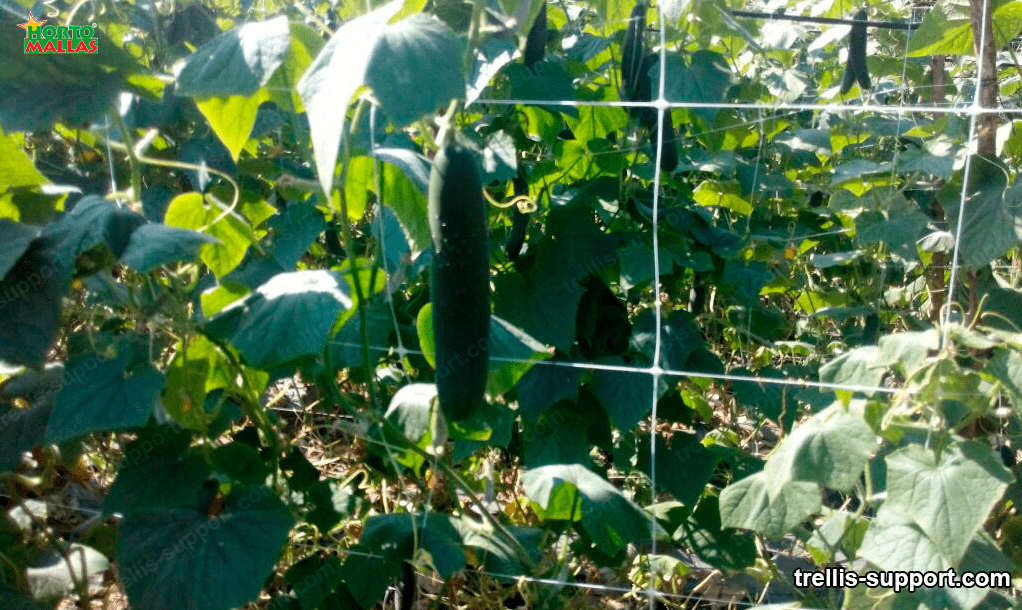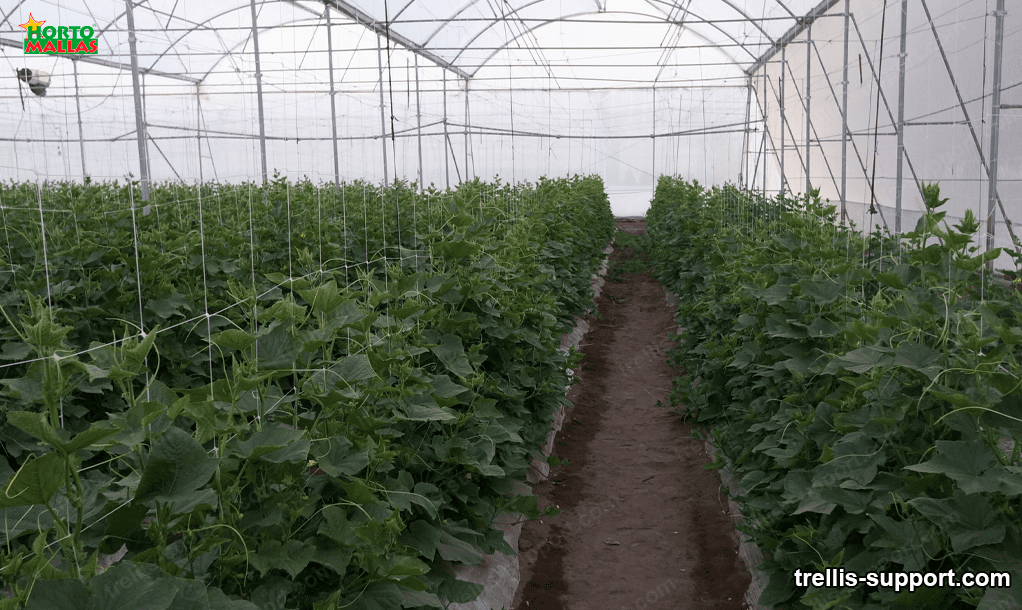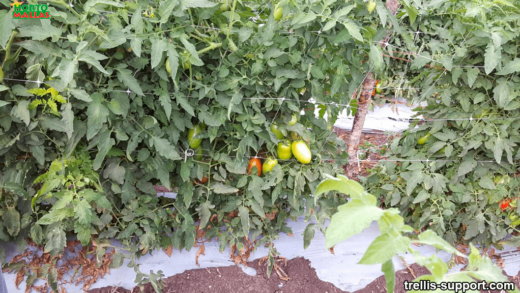Climbing netting: Growing vines requires a support system when it comes to growing and producing abundant crops. Many people opt for climbing mesh as a way to provide support for vines that would otherwise be left loose and without adequate supports.
This climbing mesh can also provide protection for your plants against certain plant predators that can damage or even destroy crops. In addition, if placed properly the climbing mesh can help maintain the appearance of the vine and ensure that the grapes continue to grow evenly. Here are some tips to better understand why a grapevine crop needs a climbing vine.
.

First, it provides support for vine vines. This mesh supports the vines, and also helps keep pressure off the stem, which in turn helps the plant grow stronger. This mesh also helps prevent the stems from breaking under their own weight and maximizes the vine’s branching surface. This contributes to a greater number of clusters in the harvest season. The higher bunch production translates into a larger and better quality crop.
We should consider that it can also help protect plants from plant predators. Many insects and other animals can damage vine foliage and vines if adequate protection is not provided. This can have a major negative impact on crop production and quality. Climbing netting can help keep these predators away from the vine, which will help preserve its quality production.
It also helps maintain the desired shape for the vine crop. Vineyard owners should take the time to stack foliage to maximize stem stretch and development. This can be accomplished with climbing netting, as it provides adequate support for long grapes. This is a detailed way to help plants retain their desired shape. It also helps ensure that the crops develop evenly. If the stems on the vine are not stackable, the foliage can grow unevenly. This can lead to an uneven crop and lower production. Climbing netting can connect the individual stems and ensure uniform growth. This contributes to a superior quality crop.
.
Climbing netting can significantly improve vine cultivation by providing support and protection for vines. Climbing netting also helps to maintain the desired shape and ensure that grapes grow uniformly. These factors contribute to a successful harvest and maximum quality production. If you want to get the most out of your vine crop, it is important to have good quality climbing netting to provide support for the vines and ensure a successful harvest.
How does it work?
In most grapevine crops, trellising is necessary to achieve optimum yields. This vine crop protection technique takes advantage of the ability of grapes to climb a support structure. Such as wire netting, that extends across the crop. The use of climbing netting can help improve the appearance, quality and production of grapevine crops.
Initially it can be used to support the vine plant. This mesh is placed at a close angle to the body of the plant, providing it with the necessary support to ensure that it does not fall over. This also helps to keep product loss to a minimum, reducing the appearance of weeds. In addition, pest traps and glyphosate cultural controls can be added to control potential pests and pesticides.
.
When a trellising net is installed, grapes can cling to it as if it were a kind of ladder. Because of this climbing ability, the fruit is protected from the aerial elements as it grows away from the ground. This also facilitates the work of harvesting, since the personnel do not have to walk between the ranks. Eliminating the risk of stepping on the ground where the crops are located.
In addition, some types of climbing netting offer excellent protection against sun damage. These nets allow the sun’s rays to be evenly distributed to the vine crops, reducing the loss of the amount of light received by the fruit. This, in turn, improves the flavor, color and durability of the clusters. It also helps to improve fruit health. Because of the distance that occurs between the soils and the plant, fruit contact with pathogens and organic debris is reduced. This results in fewer rodents or insects, as well as reduced pests, diseases and weeds.
.

Climbing netting is a practical resource that allows growers to increase the productivity of vine crops. This is achieved by improving the appearance, quality and production, as well as maintaining crop health. In addition, the installation of this type of netting also improves the condition of the soils around the crops, which will be able to maintain their fertility and health. This ensures that the results obtained are the best for farmers.
Advantages provided by the mesh for trellising in vine crops
Trellising netting has been one of the most important elements of vine cultivation for centuries. This netting supported by stakes and supports is used to give the vine a proper shape for a better yield. In general, this netting is used to support the branches. Fruit spines and nourish the twigs to allow respiration and thus saving nutrients.
It is highly recommended for all vine crops as it offers several advantages. First, the climbing mesh is used to support the structure of the branches and allow them to grow properly. This is what is known as “espalder”. This practice helps ensure that the fruit ripens evenly and is exposed to a balanced dose of sun to maximize maturity and quality.
.
In addition, the climbing net acts as a light conditioner for the young shoots. This means that the climbing mesh is stretched between the supports to allow sunlight to circulate between the young branches and leaves to enhance the development of the whole plant. In this way, optimum coverage can be ensured and problems related to lighting can be avoided. An additional form of benefit offered by climbing netting is the protection of the vine fruit from any sudden climatic changes. This mesh acts as a parachute to avoid being affected by inclement weather, such as wind, rain, hail, among others. The fruits will be safe inside the shelter of the climbing net.

Finally, the climbing mesh is essential if we want to prevent the presence of pests and diseases that can affect our vine crops. This mesh prevents berecche and scratchers can access our plot and thus avoid that these harmful agents can affect our crops. The benefits of the climbing mesh for vine crops are evident and we should all take advantage of all these benefits. This mesh offers us the possibility to have a better yield, to ensure that our fruits will ripen in the best way, to prevent the effects of climate change and, finally, to guarantee an optimal preservation of our crop.

